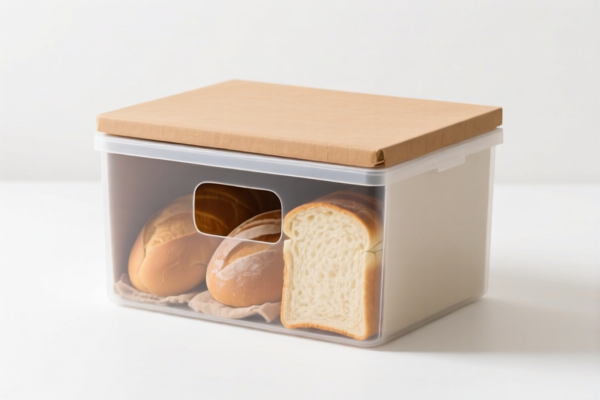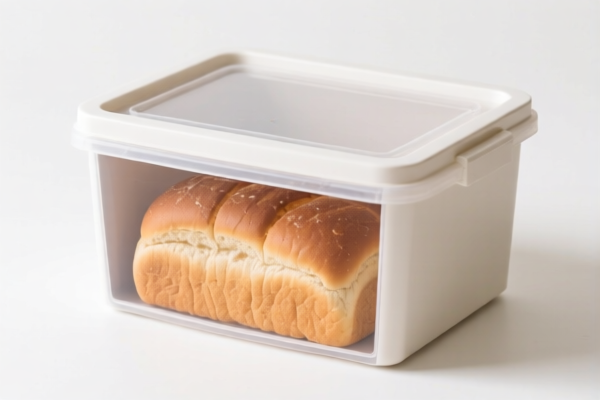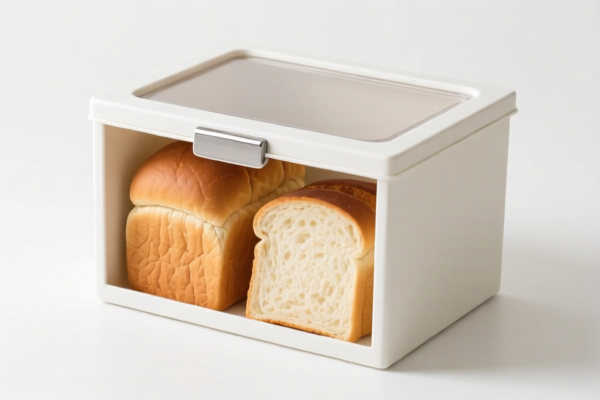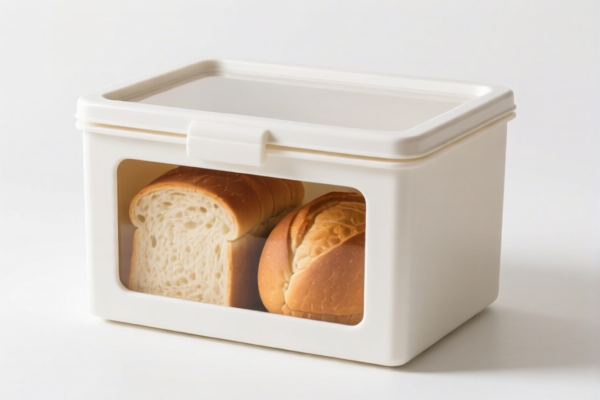| HS Code | Official Doc | Tariff Rate | Origin | Destination | Effective Date |
|---|---|---|---|---|---|
| 4819600000 | Doc | 55.0% | CN | US | 2025-05-12 |
| 4819504040 | Doc | 55.0% | CN | US | 2025-05-12 |
| 4823901000 | Doc | 55.0% | CN | US | 2025-05-12 |
| 4823902000 | Doc | 55.0% | CN | US | 2025-05-12 |
| 9620005000 | Doc | 60.3% | CN | US | 2025-05-12 |
| 9620005500 | Doc | 58.3% | CN | US | 2025-05-12 |
| 3923900080 | Doc | 58.0% | CN | US | 2025-05-12 |
| 3926901600 | Doc | 40.6% | CN | US | 2025-05-12 |
| 3926909989 | Doc | 42.8% | CN | US | 2025-05-12 |
| 4415103000 | Doc | 55.0% | CN | US | 2025-05-12 |
| 4415109000 | Doc | 65.7% | CN | US | 2025-05-12 |
| 4421918800 | Doc | 30.0% | CN | US | 2025-05-12 |
| 4421998800 | Doc | 37.5% | CN | US | 2025-05-12 |
| 7324900000 | Doc | 80.0% | CN | US | 2025-05-12 |
| 7324900000 | Doc | 80.0% | CN | US | 2025-05-12 |
| 7326908688 | Doc | 82.9% | CN | US | 2025-05-12 |
| 7326908688 | Doc | 82.9% | CN | US | 2025-05-12 |




Bread Storage Box
A bread storage box is a container designed to keep bread and other baked goods fresh for an extended period. These boxes address the inherent issues of bread staling – moisture loss and textural changes – by controlling the environment around the bread.
Material
Bread boxes are constructed from a variety of materials, each offering different benefits:
- Stainless Steel: Durable, hygienic, and doesn't impart flavors. Often features a double-walled construction for insulation. Can be more expensive.
- Wood: Provides a natural aesthetic and can help regulate humidity. Requires more maintenance to prevent mold and mildew. Bamboo is a popular, sustainable wood choice.
- Plastic: Lightweight, affordable, and easy to clean. Quality varies significantly; some plastics can retain odors or impart flavors.
- Ceramic: Offers a decorative option, but can be fragile.
- Combination Materials: Some boxes combine materials, such as a wood exterior with a stainless steel interior.
Purpose & Function
The primary purpose of a bread box is to slow down the staling process. Bread stales due to retrogradation of starch molecules. Bread boxes achieve this through:
- Humidity Control: Maintaining optimal humidity levels prevents bread from drying out too quickly or becoming soggy. Some boxes include humidity control features like adjustable vents or trays for water.
- Air Circulation: Controlled air flow prevents mold and mildew growth while still protecting the bread.
- Protection from Light: Light accelerates staling. Boxes provide a dark environment.
- Temperature Regulation: While not refrigerated, boxes can offer some insulation to maintain a more consistent temperature.
Usage Scenarios
- Countertop Storage: Most bread boxes are designed for placement on kitchen countertops.
- Daily Use: Suitable for storing loaves of bread, rolls, pastries, and other baked goods.
- Long-Term Storage (Limited): While extending freshness, bread boxes are not a substitute for freezing for extended storage.
- Preventing Waste: By keeping bread fresh longer, they reduce food waste.
Common Types
- Roll-Top Bread Boxes: Feature a lid that rolls forward to provide access. Popular for their space-saving design. Often made of stainless steel.
- Lid Bread Boxes: Have a hinged or removable lid. Available in various materials and styles.
- Cutlery/Bread Combo Boxes: Include compartments for knives and cutting boards, offering a convenient all-in-one solution.
- Under-Cabinet Bread Boxes: Designed to be mounted under kitchen cabinets to save counter space.
- Countertop Bread Baskets with Covers: Often made of woven materials, providing a more rustic aesthetic. May not offer the same level of preservation as sealed boxes.
Based on the material, use, and application scenarios, a bread storage box is a container designed to preserve bread, typically made of paper, paperboard, plastics, wood, or iron/steel. Here's a breakdown of relevant HS codes based on the provided reference material:
- 4819600000: This HS code covers cartons, boxes, cases, bags, and other packing containers of paper, paperboard, cellulose wadding, or webs of cellulose fibers. If the bread storage box is made of these materials, this is a potential classification. The total tax rate is 55.0%, with a base tariff of 0.0%, an additional tariff of 25.0%, and an additional tariff of 30.0% after April 2, 2025.
- 4819504040: This HS code also covers cartons, boxes, cases, bags, and other packing containers of paper, paperboard, cellulose wadding, or webs of cellulose fibers, specifically focusing on other rigid boxes and cartons. The total tax rate is 55.0%, with a base tariff of 0.0%, an additional tariff of 25.0%, and an additional tariff of 30.0% after April 2, 2025.
- 3923900080: If the bread storage box is made of plastics, this HS code applies, covering articles for the conveyance or packing of goods, stoppers, lids, caps, and other closures of plastics. The total tax rate is 58.0%, with a base tariff of 3.0%, an additional tariff of 25.0%, and an additional tariff of 30.0% after April 2, 2025.
- 4415103000: If the bread storage box is made of wood and features solid sides, lids, and bottoms, this HS code is applicable, covering packing boxes and cases with solid sides, lids, and bottoms. The total tax rate is 55.0%, with a base tariff of 0.0%, an additional tariff of 25.0%, and an additional tariff of 30.0% after April 2, 2025.
- 7326908688: If the bread storage box is made of iron or steel, this HS code applies, covering other articles of iron or steel. The total tax rate is 82.9%, with a base tariff of 2.9%, an additional tariff of 25.0%, and an additional tariff of 30.0% after April 2, 2025, plus a 25% additional tariff on steel/aluminum products.
Important Note: Regarding HS codes 7324900000 and 7326908688, please note the need to verify the material (steel/aluminum) and may require additional tariff verification.
Customer Reviews
No reviews yet.